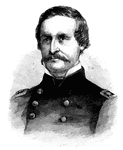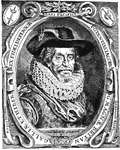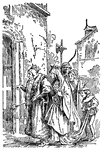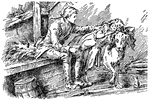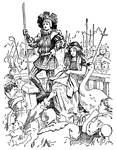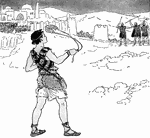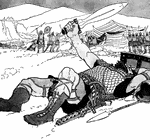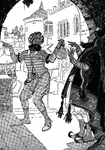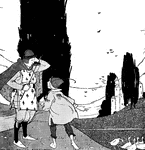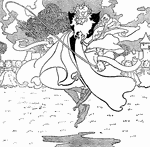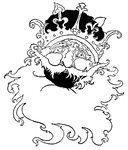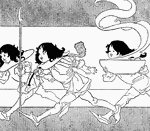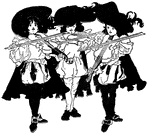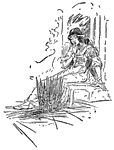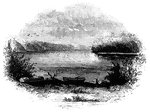
Fort Miller
Fort Miller fording-place. This was the crossing-place for the armies; and there are still to be seen…
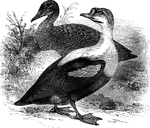
King Duck
Found in the Arctic regions of Europe, Asia, and North America, the king duck strongly resembles the…

King Penguin
Also known as the pantagonian penguin, the king penguin is found in the far southern latitudes of South…

Caughnawaga Church
Caughnawaga church. This old church, now (1848) known as the Fonda Academy, under the management…
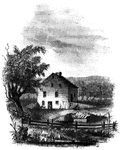
Wintermoot's Fort
Site of Wintermoot's Fort. This view is from the ancient bed of the Susquehanna, looking west. The building,…
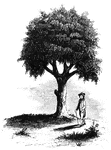
Liberty Tree
"Liberty Tree. I am indebted to the Hon. David Sears, of Boston, for this sketch of the 'Liberty Tree,'…
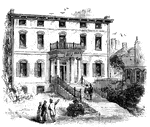
Province House
"The Province House. The Province House, the residence of the colonial governors, is still standing,…
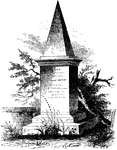
Wayne's Monument
General Anthony Wayne's monument at St. David's Episcopal Church, Radnor, Pennsylvania.
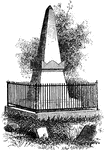
Van Wart's Monument
"Van Wart's monument. The following are the inscriptions upon this monument: North Side: 'Here repose…
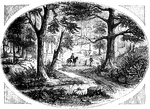
King's Mountain Battle-Ground
"View at King's Mountain battle-ground. This view is from the foot of the hill, whereon the hottest…

King's Bridge
"View at King's Bridge. This view is from the southwest side of the stream, from near the tide-mill.…
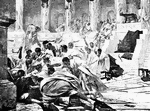
Caesar's Death
"The Death of Caesar. Naturaly such extraordinary success made him enemies, and though the city seemed…

Godfrey de Bouillon Tomb
"Tomb of Godfrey de Bouillon. During the Crusades, the Kingdom of Jerusalem in 1099. The conquered lands…
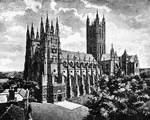
Canterbury Cathedral
"Canterbury Cathedral, which was a key place during the contest with King John. In the quarrel with…
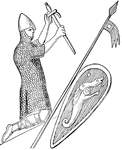
William the Conqueror
"William the Conqueror (1066-1087), as represented on his seal. Although William really ruled 'as king…
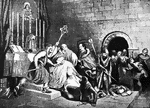
Death of Becket
"Death of Becket. During the early years of the reign Thomas A. Becket, as the king's chancellor, had…
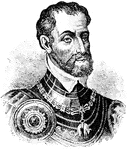
Charles V
"Charles V ruled over wider dominions than any European sovereign since Charlemagne. He belonged to…
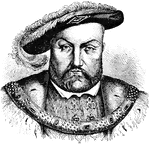
Henry VIII
"Henry VIII (1509-1547) came to the throne in 1509, inheriting a vast treasure which he owed to the…
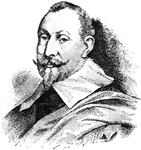
Gustavus Adolphus
"Gustavus Adolphus entered Germany at the head of 16,000 men. Among some of the Protestants there was…
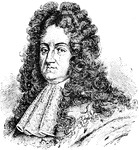
Louis XIV
"The age of Louis XIV. during the reign of Louis XIV, the son and successor of Louis XIII (1643-1715),…
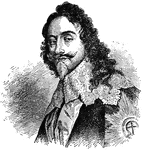
Charles I
"Charles I (1625-1649) was a far abler ruler than his father. He was a man of greater courage and more…
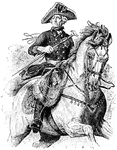
Frederick the Great
"Frederick II (The Great, 1740-1786). The young Frederick had been brought up in a rough school. His…
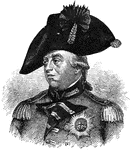
George III, King of England
"George III (1760-1815). The first two Hanoverian kings were ignorant of English politics and obliged…
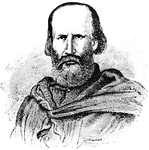
Garibaldi
"Garibaldi was a patriot who started up a revolt in Sicily and took possession of the island, then passed…
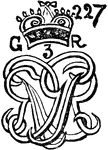
Stamp Act
"Stamp from the Stamp Act. The first direct issue of importance between the colonies and England came…
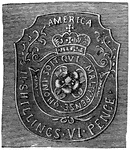
Stamp Act
"Stamp from the Stamp Act. The first direct issue of importance between the colonies and England came…
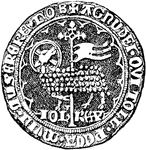
Agnel
"Agnel of John II., King of France. Agnel- A French gold coin bearing a figure of the paschal lamb,…
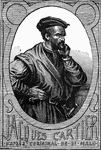
Jacques Cartier
Jacques Cartier, voyager of St. Malo, coasted along the north of Newfoundland in 1534 and passed through…

Anomalops Palpebratus
"A genus of fishes, typical of the family Anomalopidæ: so called from the remarkable structure…

King crab
"It is among the largest of crustaceous animals, sometimes measuring as much as two feet in length.…
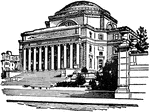
Library of Columbia University
"Columbia University is a seat of learning in New York city. The charter of King's College, the original…
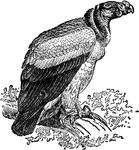
King Vulture
"A Vulture is any member of the family Vulturidæ included among the birds of prey. In all the…
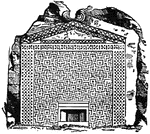
Tomb of Midas
"Midas was, in Greek legend, a King of Phrygia. For his kindness to Silenus he was promised by Dionysus…
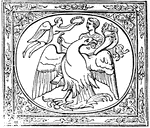
Apotheosis
"The enrollment of a mortal among the gods. The mythology of Greece contains numerous instances of the…

Cantharus
"A king of drinking cup, furnished with handles. It was the cup scred to Bacchus, who is frequently…

Sphinx
"Sphinx is a Greek word signifying 'strangler,' applied to certain symbolical forms of Egyptian origin,…
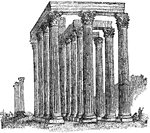
Temple of the Olympian Zeus
"Athens is said to have derrived its name from the prominence given to its worship of Athena by its…
